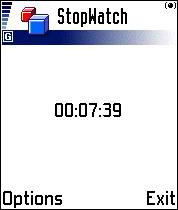Spent a bit this morning wading through .NET documentation trying to find out how one retrieves the number of records returned from a query. Turns out it’s pretty simple. First you get your query rolling:
// get the connection string from settings
String cs = System.Configuration.ConfigurationSettings.AppSettings[“connectionString”].ToString();
// get a sql connection using the connection string
SqlConnection sqlcon = new SqlConnection(cs);
SqlDataAdapter adapter= new SqlDataAdapter(“select * from yourtable”, sqlcon);
DataSet dataset = new DataSet();
adapter.Fill(dataset,”mytable”);
At this point you’ve run the query and you have a DataSet which you can then loop over like any other collection, ie:
foreach (DataRow d in dataset.Tables[“mytable”].Rows)
or you can retrieve the number of rows:
DataRowCollection drc = dataset.Tables[“mytable”].Rows;
Console.WriteLine(“there are ” + drc.Count + ” rows in the query.”);
or even quicker like this:
Console.WriteLine(“there are ” + dataset.Tables[“mytable”].Rows.Count + ” rows in the query.”);
Back to work….
 I downloaded and installed
I downloaded and installed  The MIDlet
The MIDlet